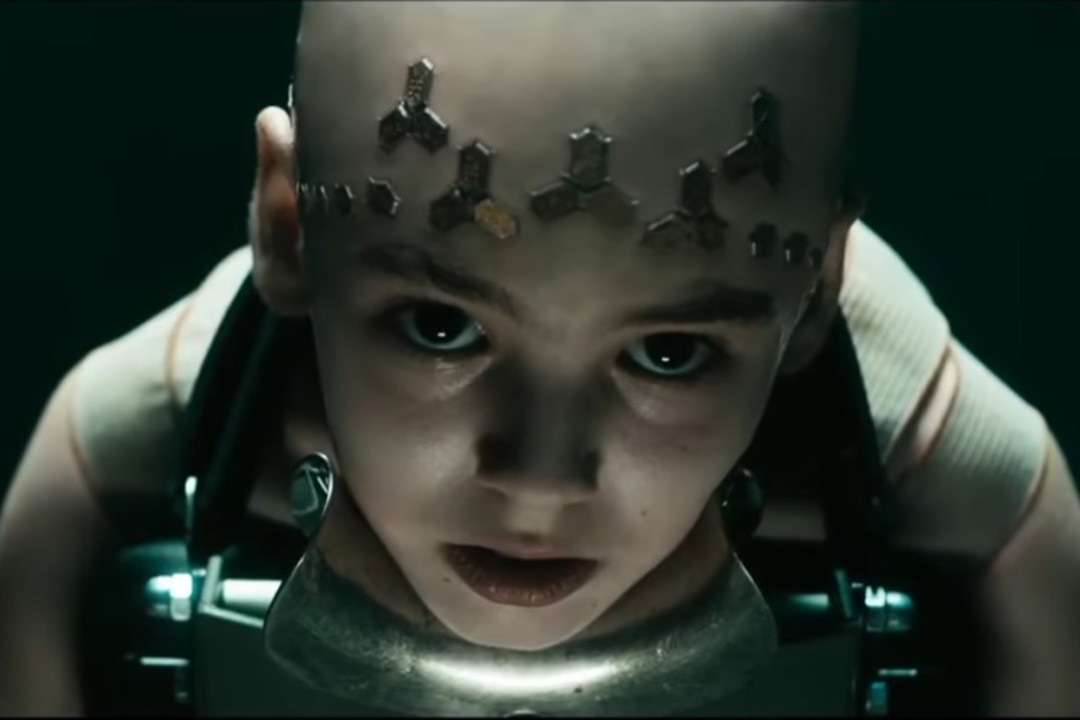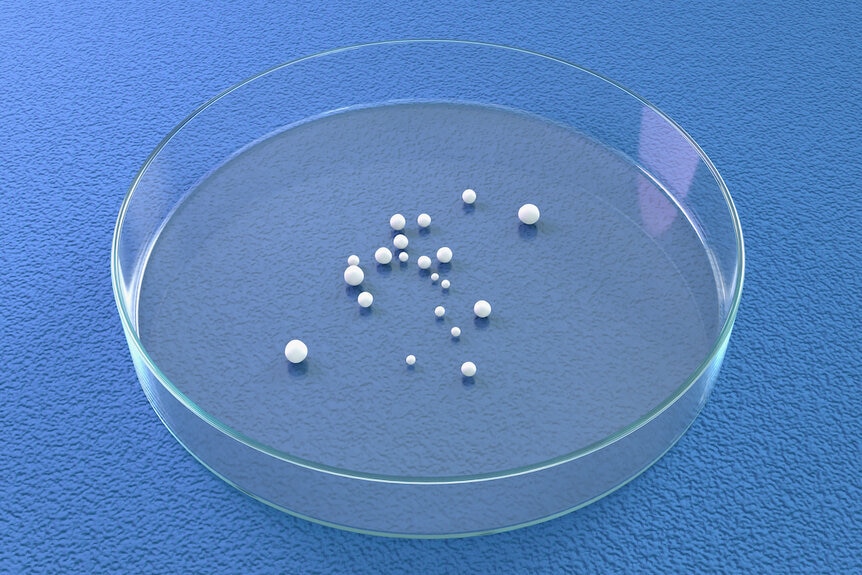Create a free profile to get unlimited access to exclusive videos, sweepstakes, and more!
Scientists put human brain tissue in a mouse mind and it responded to stimuli
In the future, you might be able to grow your very own replacement brain parts from your own cells!

Roughly a decade ago, scientists connected the minds of mice on two different continents using a brain to brain interface. Mice in North Carolina were connected to mice in Brazil and they had to work together to complete a task. The test was simple: when an overhead light turns on, press a lever and you’ll be rewarded. Mice are very good at those sorts of tasks. The thing is, two mice, each in different parts of the world, both had to press a lever and only one of them could see the light. When one mouse saw the light and pressed the lever, information from their brain was transmitted over the internet to the other mouse, and it was up to them to understand the techno-psychic message and press their lever too. They pulled it off an astonishing 70% of the time, demonstrating in no uncertain terms that we can connect our brains over the internet to share information. Or at least mice can.
Those experiments were the inspiration for the near-future science fiction thriller Mindgamers. In it, a group of college students link their minds in order to share information and skills, before discovering that they’re actually part of a much more nefarious plot. Now, scientists are fiddling with mouse brains again, only this time they aren’t connecting them with their friends over the internet. They’re connecting them with a human brain organoid. That’s according to a recent study published in the journal Nature Communications.
What is a brain organoid, you might ask, and it’s a good question.
RELATED: Mindless gaming! Brain cells in petri dish learned to play Pong
At one end of the human tissue spectrum, you have organs, three-dimensional organic structures specialized for completing specific tasks in the body. On the other end, you’ve got cell cultures, that’s when you take tissue samples and grow those cells in a lab. Growing brain cells in a petri dish gets you a two-dimensional colony of brain cells which lacks all of the structure and organization of the real thing. It’s made of brain cells, but it isn’t a brain. Organoids exist somewhere in between.
“The organoids were a breakthrough in the sense that you have a three-dimensional structure which is more similar to the brain. You get some features in terms of structure and functionality which resemble human brain activity. Of course, it’s not as complex, but it’s much more complex than a two-dimensional structure in a culture,” Martin Thunemann, a researcher at the Department of Biomedical Engineering at Boston University, told SYFY WIRE.
Organoids marry the convenience of being able to grow them in a lab with the complexity we need to push our understanding of how the brain works. They also sometimes look at you, and they might be a way of restoring function to people after they’ve suffered a brain injury.
For this study, researchers removed the retrosplenial cortex in adult mice and implanted a brain organoid made of human cells. That location was chosen because previous research had shown that implantation site had the highest probability of the organoid surviving implantation. It isn’t wholly clear what this region of the brain does, but prior research indicates it might have something to do with higher-order visual processing. Of course, the mouse can’t tell us.
“When we implant these organoids, we have to take a way a part of the mouse cortex to make space. I would assume, for the mouse, it would be as if there was a stroke in that region. All of a sudden, a part of the cortex is non-functional, or non-existent in this case,” Thunemann said.
RELATED: Human hibernation hack? New research puts us one step closer to 'The Ark's stasis pods
Then the organoid is implanted in the same space and the question is whether or not it’s capable of functioning in that space. To find out, researchers used a transparent electrode array which allowed for electrophysiological recordings and imaging.
“We used these arrays to show that we see a response to visual stimuli in the human cells,” Thunemann said. When asked if there was any indication that the mice underwent a change in experience after the brain-region trade-in Thunemann said, “I wish I could answer that. We cannot talk to the mice and we’re only so smart in interacting with them and trying to read out their experience and behaviors.”
Future experiments might clear up that question, however. Scientists are planning to change the implantation site to one which is better understood. If, for instance, a region of the brain responsible for the movements of one or more limbs would allow us to clearly see a behavioral change once that region was removed. If movement is restored after organoid implantation, that would pretty convincingly demonstrate that organoids can step into a vacant brain space and pick up the slack. According to Thunemann, there’s some precedent for their hypothesis.
“There are studies that used individual brain cells, not organoids, in Parkinson’s and showed that cell replacement therapy reduced the phenotype. This is the closest medical application [for organoids] and it makes absolute sense to use it. You can generate the stem cells from your own skin cells, so there is no risk of rejection from the transplant and then you can generate any kind of cells you want. Assuming you don’t have a genetic disease, the cells should perform as well as your normal cells. I have no idea how long it will take to come into human applications but I think it’s so obvious that at some point it should,” Thunemann said.
Taken to its logical endpoint, this research might one day lead to a world in which we can grow replacement brain parts from our own skin cells and fix things when they go wrong. In the meantime, the brain you have is the only one you’ve got, so you ought to take care of it.
Watch a scientists give a creature new brain parts the old fashioned way in Frankenstein, now streaming on Peacock!



























